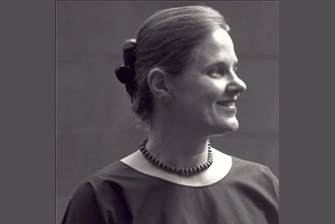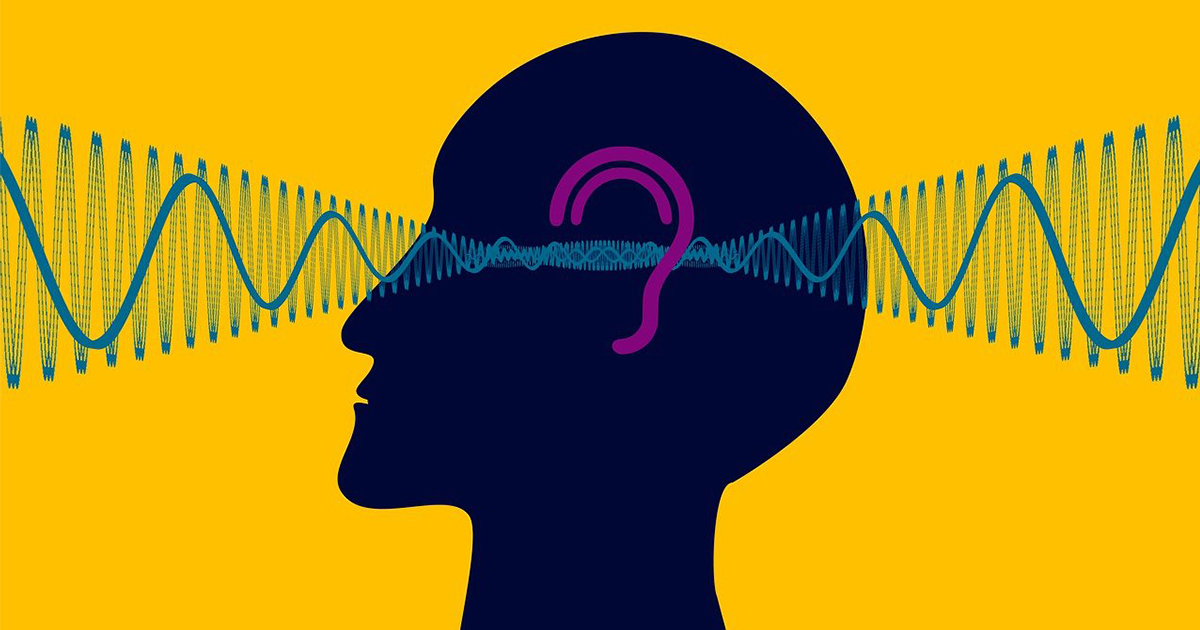
Composer Spotlight: Jeanine Yeager
- Mar 22, 2023

Jeanine Yeager is one of my favorite composers of piano teaching pieces. I first became acquainted with Jeanine’s music via her Fresh Impressions series, which I discovered when looking for “New Age” student repertoire. Jeanine was kind enough to take time away from composing and preparing her latest book for publication to discuss her music and thoughts about teaching music composition to adult piano students.
Jeanine, tell me about your experience as a piano teacher.
I never was a “regular” piano teacher, though I tried. One of my goals was determining how to best keep students’ interest by getting to know their “energy personalities.” I don’t know if anybody else uses that term; as far as I know, it’s my thing. A student’s personal energy isn’t usually at all considered by teachers. It is very important to me, however! I had a fairly strict classical training growing up, but my teacher did give us a pop Christmas song or pop song in the summer. Otherwise, it was strictly the “good stuff” – official classical training. One thing my teacher did give me, though, that really turned me on was Sabre Dance. That really appealed to my energy personality. And I dearly loved Debussy as a teen, when I could play his music. I prefer extremes of energy – either intensely sensitive or intensely off-the-wall. I don’t think student preferences like this even occur to most teachers, though I could be wrong.
So how did determining a student’s energy personality determine how you worked with them?
If I knew how a student’s personal energy functioned, we would all be happier! I’d be better able to assign music that worked with their energy. I had a system of color which represented various types of energy:
Red: off-the-wall vibrant energy (like Sabre Dance). Could be intensely emotional, but fast and loud.
Orange: sturdy, loud, happy stuff, maybe marches or some pop music.
Yellow: light and bright energy, music not as heavy as orange.
Green: mellow energy, romantic major key stuff.
Light Blue: still mellow energy, but usually in a minor key – wistful.
Dark Blue: somber, serious energy, maybe emotionally energetic, like Red but slower and more somber, usually in a low register.
I’d often ask my students before their lesson what color their energy was at the moment. They seemed to appreciate this approach and it helped me give them music they could relate to. My more musical students could relate to all the colors. Others couldn’t tolerate Red or Dark Blue; the polarized extremes were too much for them. Some only liked Orange. Gads! There was one student for whom finding music she liked was a real challenge. She finally told me: “I don’t like music in the low register of the piano.” Wow, what a thing to find out. I love the low register and seem to gravitate to it. I don’t think she was able to respond emotionally to music; it was too threatening to her. Of course, students’ energy personalities varied from day to day. So, it was always interesting what would walk in the door each day!
Tell me about your experience teaching adults.
I currently have two adults in their 70’s who are excellent students. I dearly love working with them, giving them music they like – and which matches their personal energy type!
I’d like to learn more about your compositions and books. When did you first start composing your New Age piano music for the Fresh Impressions series?
Fresh Impressions was composed around 1996. Song of the Seasons (Level 4 and 5) was published in 2000. Christmas Enchantments (also in 4 levels) was published in 1997-1998. There is also Lyrical Impressions, Level 2. This is also New Age music.
What composers or pianists have been your biggest inspirations for your New Age music?
George Winston inspired me to try writing New Age music.
I love Winston’s albums! One of my favorites of your New Age pieces is Summer Breeze in Fresh Impressions Book 3. To me, the music of this piece perfectly reflects the title (and vice versa). What do you remember about the origins of this particular piece?
Most of my music has no specific origin. After writing Summer Breeze, I chose that title because it sounded like one!
It certainly does! What other musical styles have you specialized in as a composer?
I enjoy composing in many styles, especially classical and nature-inspired music. [Jeanine’s classical music is found in books such as Elegance in Style and Baroque Encores. Her nature-themed music is found in Around the Sundial, Solitudes, and Watercolor Impressions. Her latest book (with romantic-style music), Personal Glimpses, will be published in 2023.]
Do you usually title pieces after they are composed, or sometimes begin from a title or mood? What more can you generally tell me about your compositional method?
I usually choose titles for compositions after they’re composed, letting the energy and mood define the title. Lately, very frequently, I simply plop my hands on the keys and notice a very enticing sound! That “discovered” sound generates the harmonic color for the whole piece. The sound may also dictate the rhythm and mood possibilities. I also compose by listening to harmonies in my mind’s ear.
What is one of your favorite publications?
One of my favorites is Two Contrasts (Rhapsody and Prelude). This was first published as a duet, to be performed in a program of Ohio composers’ music. It was again published as a solo, which is how I originally intended it.
I have also written quite a bit of what I call “hair-on-fire” energized music. This is advanced jazzy stuff, not published yet. I play it with my chiropractor-drummer friend and we raise the roof! We also do it with an electric guitar player who, of all things, likes New Age music! He has a fantastic melodic style that is very embellished. We improvise together. It is gorgeous!
Tell me about your Christmas music. One of my students played your arrangement of The Boar’s Head Carol last year.
Carols by Candlelight is my best-selling book by far. It sounds big without being at all difficult.
Christmas Gifts would be highly successful for class use. It was written for family gatherings of folks that can’t play piano but can do (by rote) simple ostinato bass things with someone playing the melody to the carols.
I also have several books of concert carols, including Christmas Celebrations (the most popular), Christmas Splendors, Christmas Treasures and Christmas Visions. These were recorded by Noel Lester in 2001. Noel was chair of the department of music at Hood College in Fredrick, MD. He has performed at Kennedy Center, Lincoln Center, and Carnegie Hall.
What can you tell me about your book Sacred Journey? Do you consider it “sacred music”?
I know absolutely nothing about sacred music! But this is kind of like my concert carols – it is “concert sacred music,” arrangements, fairly exciting. I think it’s interesting to hear and play.
Some questions about teaching and learning music composition. Do you think composing in the New Age style is useful for piano students interested in composing their own music? How might you go about instructing a student to compose a simple piece in this style?
I do think teaching New Age as a composing style could be helpful as a starting point. You wouldn’t have to know classic form or harmonic progressions if you use ostinato in the LH with a melody in RH. Also, stay on white keys, playing in modes. No need to know key signatures.
Or, use lots of 5ths in the LH (left hand). Some examples would be the LH ostinato in Wind Song and Across the Water (Fresh Impressions, Level Two).
Do you have any particularly memorable student compositions?
I remember one girl, the first student of the day. I was out in the yard, waiting for her, and noticed something green and slimy in the grass. When she arrived, I asked Emma what she thought it was. She didn’t know, but went in for her lesson and had an idea. She wrote a piece (then and there) which she called Green Goo – a quite nice little piece! She played it at the recital, along with an “official” piece. At the next year’s recital, she played The Return of Green Goo. If I were an officially “correct” teacher, I wouldn’t have allowed lesson time to be spent on such a silly thing. But when an occasion like this happened, of course, I encouraged students’ creations.
For whatever reason, traditional (classical) music composition has been historically male-dominated. As a successful female composer, what are your thoughts on how girls and women can be inspired to explore their musical creativity?
I have never thought about how to specifically inspire females! Gender just doesn’t seem to apply, in my mind.
For composers of teaching pieces, do you have any advice on getting a contract with a traditional music publisher like Kjos, Alfred, or Hal Leonard?
I do remember Kjos telling me they wouldn’t continue to promote my music unless I continued to send in music – which I did. I know they need and prefer mid-elementary to early intermediate music – exactly what my editor recently requested that I write. I tend to write more difficult stuff, which I need to stop doing! The harder stuff doesn’t sell as well.
Any thoughts on how piano teachers can teach composition to adult students specifically?
It depends on an adult student’s ability, mostly; how you work with them. Also, whether they have an ear. Without a pretty good ear composition becomes pretty difficult.
I don’t disagree! Well, Jeanine, is there anything else you’d like to tell me about?
Yes, I’d like to tell you about what I consider to be my biggest composing accomplishment – a complete white elephant. It is far too huge and costly to be published. I call it Thematic Evolutions. This idea struck me one day while watching a beautiful butterfly, and thinking how it came from a lowly caterpillar. Then I thought, wouldn’t it be neat if you could give the great composers a theme and say, “Okay, guys, write something on this theme in your style.” I got so excited about this I thought, oh, I am going to do this! Yeah, right – forgetting I am not Bach, Beethoven, Chopin, etc. Oh, well, just do it.
So, I did, and am very pleased with it. To my complete amazement, the music came out remarkably in the style of the chosen composers. I always felt a special energy when one of these pieces was about to be born. I have never felt this energy before when composing. This was started around 1981 and took two years to complete.
I wanted to tell you about Thematic Evolutions because it is so dear to my heart – but will never go anyplace. It would make a fantastic study project for a college theory class, but is way too expensive for a publisher to take on.
I hope to record it this winter. It’s a big job, and nobody else has time to do it. So, I guess I’ve got to do it myself, if I can!
Thank you so much, Jeanine, for your stories, insights, and of course, for your delightful music. I’m looking forward to hearing and teaching more of it!
Originally published as Composer Spotlight: Jeanine Yeager on CreativeKeyboardist.com.






